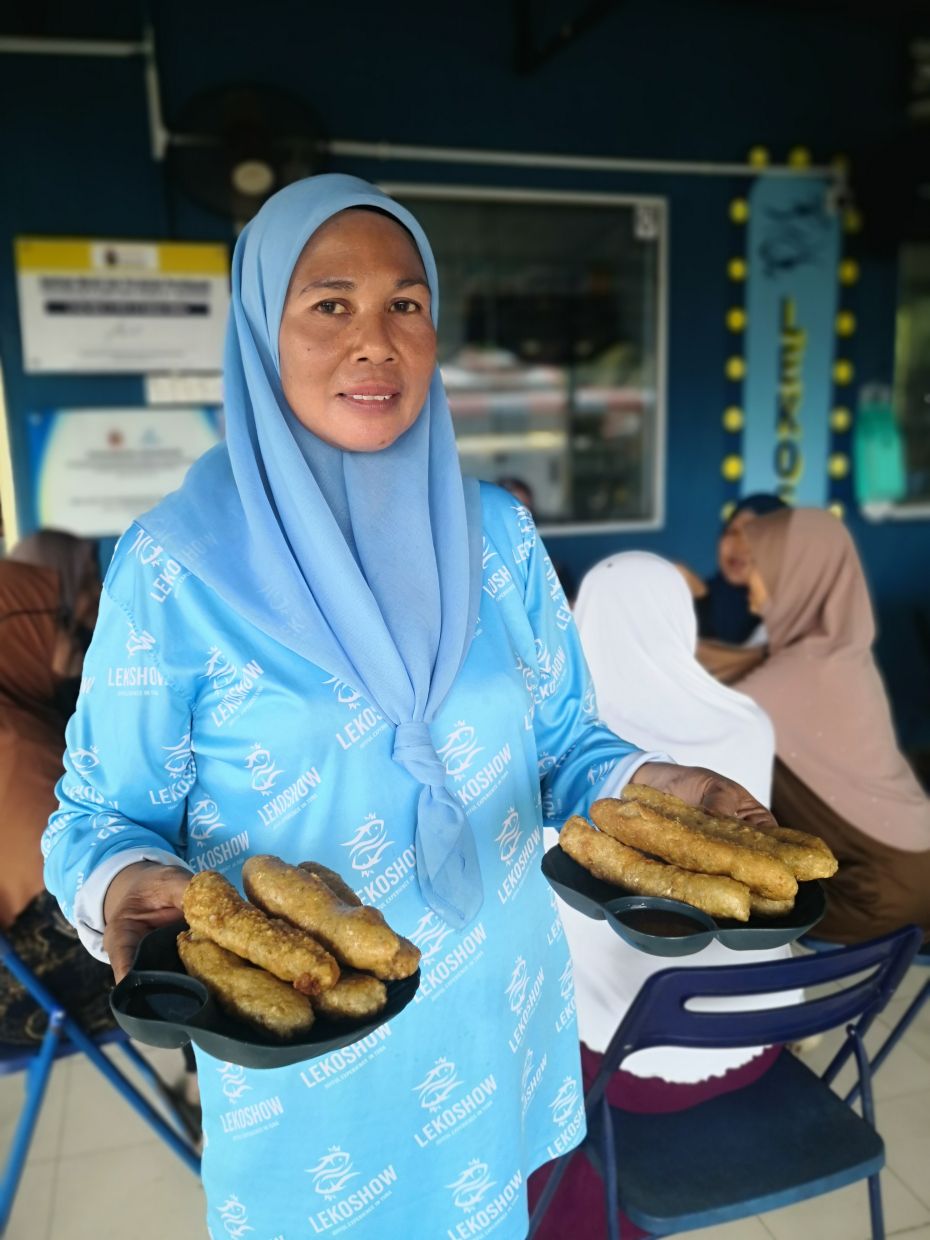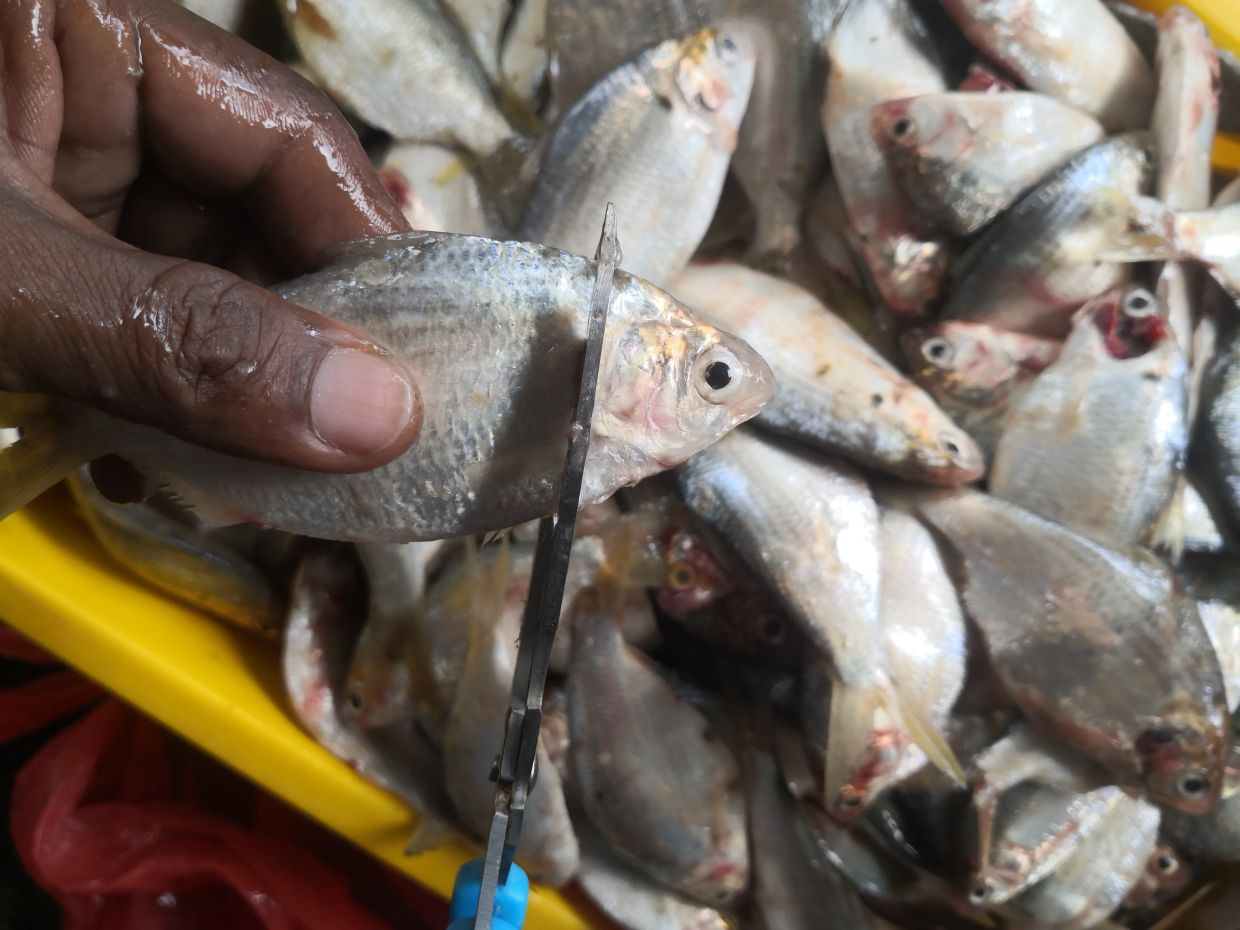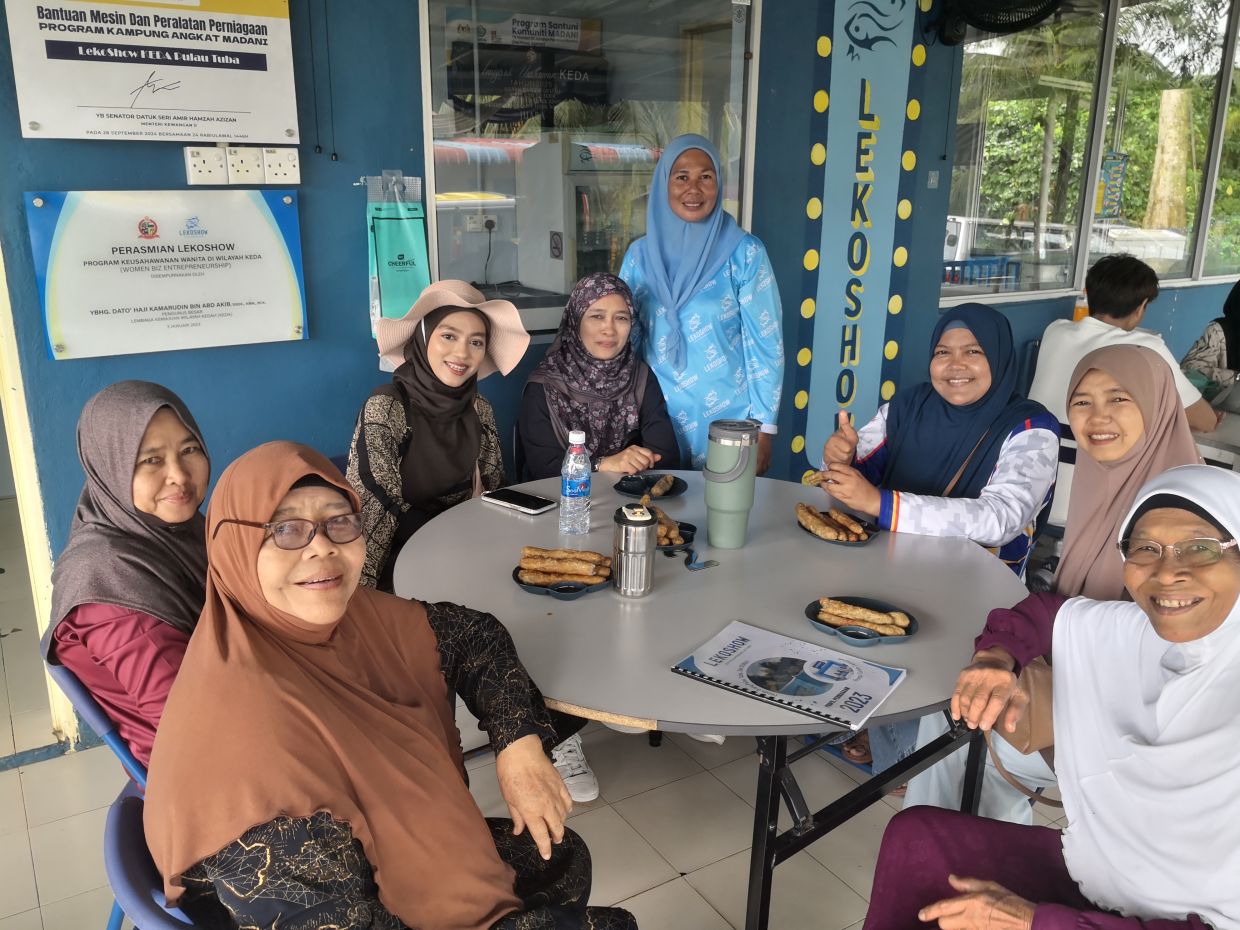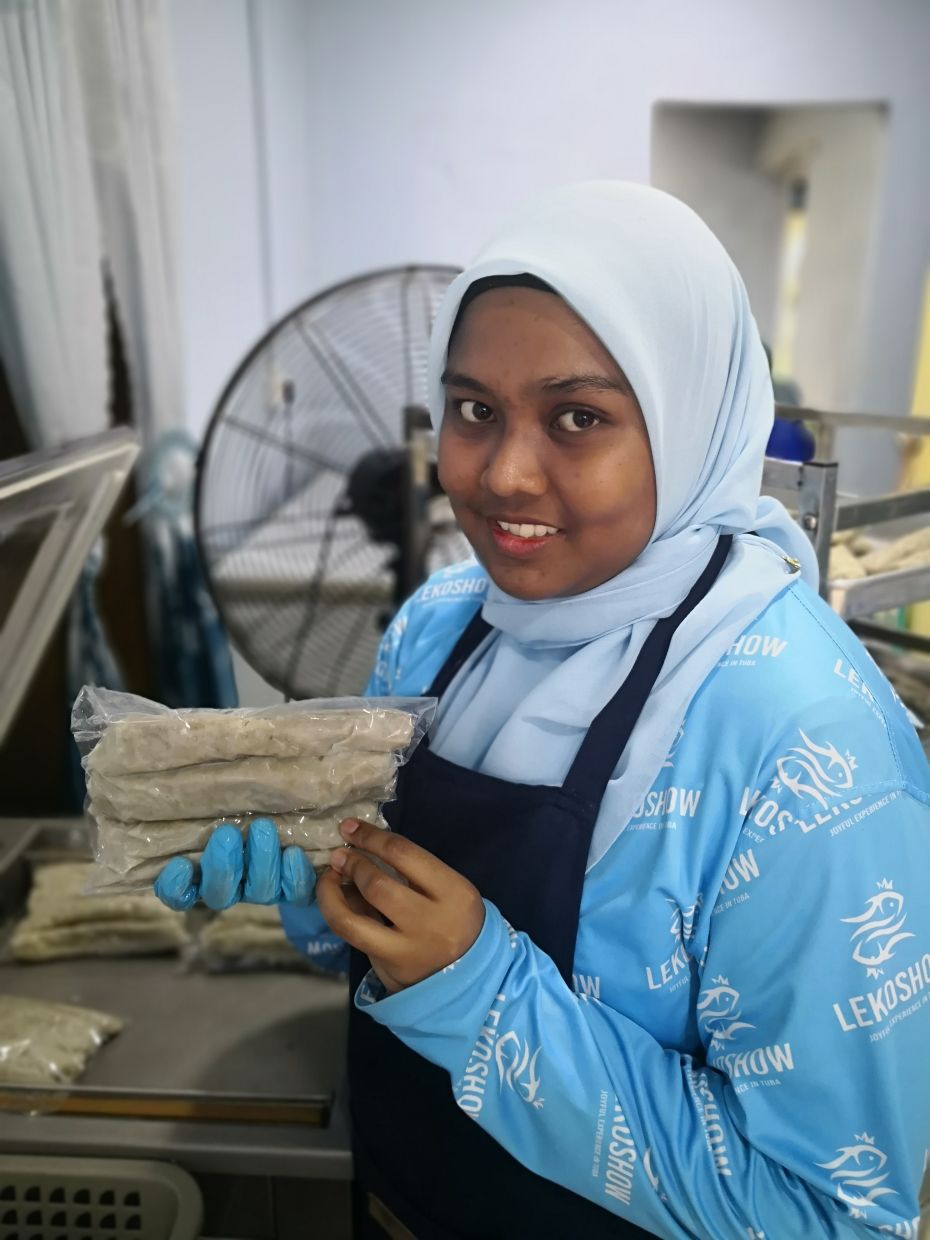A female-led keropok lekor business in Langkawi’s lesser-known Pulau Tuba is the product of years of blood, sweat and tears.. — ALAN TEH LEAM SENG
Some eight years ago, a group of Kedah villagers packed their bags and traversed the entire width of the peninsular eastwards to fulfil a mission in Terengganu.
Upon arrival, the all-women entourage found that the rustic seaside town of Marang was rather similar to their quaint Pulau Tuba home which was just a quick five-minute boat ride from Langkawi's main passenger jetty in Kuah.
Supported by the Kedah Regional Development Authority (KEDA), the Ministry of Rural Development's state-level agency to help accelerate socio-economic growth especially in rural and less developed areas through poverty eradication and entrepreneurship, the women spent an entire week learning traditional keropok lekor making techniques from established Terengganu artisans.
Improving lives
Their zeal came from fact that successful knowledge transfer in making the popular fish crackers would boost chances of not only empowering themselves but also improving the quality of life for their loved ones as well as those of their fellow islanders who, despite the close proximity to Langkawi's main tourist hubs, felt left out by mainstream development and the prosperity that came along with that.
Upon their return home, however, brimming confidence began showing signs of fragility when the reality of having to start everything from scratch struck home.
Problems were compounded by the fact that fish species like those used to make keropok lekor in Terengganu could not be found in sufficient quantities in Langkawi.
The trials and errors made during the months that followed was nothing short of heart-wrenching. Practically nothing put to the test worked for the women and it was a common sight to see them shed tears of despair by the end of each work day.
As months turned to years, mental anguish and physical agony began slowly chipping away at these resilient women.
Words could not describe the feelings of sheer hopelessness endured by those who continued to soldier on when their group size gradually shrank after friends either passed away or threw in the towel to pursue other endeavours that were deemed more worthwhile.
True to the saying it is always darkest before the dawn, the remaining few heaved sighs of relief and started seeing light at the end of the tunnel in 2019.
After two very long years of experimentation with misses overwhelmingly outnumbering hits, neighbours living within their Desa KEDA Teluk Berembang settlement in Pulau Tuba finally gave their latest keropok lekor recipe the thumbs-up.
News of Langkawi's very own keropok lekor spread like wildfire and soon tourists began making a beeline for this often-overlooked part of the vast Langkawi archipelago.
Today, despite being the only remaining member left from the pioneering group, Rosnani Che Ghazali remains steadfast in preserving the legacy of her former peers by nurturing a new batch of enthusiastic village ladies, one of whom is her own daughter Nor Atirah Jahaya.
Gesturing towards a batch of freshly caught fish that had just been delivered, the single mother explains: "Six years ago, our most crucial turning point came in the form of pinpointing the correct fish species to use.
“At first, ikan kembung (Indian mackerel) proved unsuitable as it gave the kerepok lekor an undesirable dark hue. At the same time, crackers made using ikan banang (needlefish) and alu alu (barracuda) just did not taste right.
"Both ikan kebasi (gizzard shad) and ikan parang (wolf herring) proved suitable candidates, but we eventually settled on the former due to supply consistency and affordability."
"We were very fortunate to receive consistent support in terms of advice and funding from KEDA. Working together with the dedicated extension officers, we came up with the name Lekoshow for our fledgling venture as the aim is not only to produce the best kerepok lekor in the country but also showcase our production with hopes of inspiring fellow villagers to follow in our entrepreneurial footsteps," Rosnani adds.
Labour of love
Insisting on using only fresh ikan kebasi, the ladies at Lekoshow start work at 9am by removing the heads and scales manually before a purpose-built machine completes the deboning process. Then the flesh is mixed with tapioca flour at an 18kg:5kg ratio before the mixture is carefully rolled to produce 500 six-inch long keropok lekor sticks.
"The sticks are then boiled for 30 minutes. We don't even have to look at the clock to know that the time is up as they will float to the surface when properly cooked,” Rosnani details while gesturing towards the large glass panels that allow visitors to follow the production process from start to finish.
Some visitors buy keropok lekor home in its boiled form, sold at RM10 for a vacuumed packed packet containing 10 sticks, but Rosnani admits that most prefer to sit there to enjoy this popular Malaysian snack in its deep fried form and served piping hot.
"Apart from savouring complimentary dipping sauce made with our own secret recipe, the latter option also gives guests the golden opportunity to enjoy our laidback village ambience," she adds before heading off to attend to a tour group who have just arrived.
Regarding plans for the future, Rosnani admits that it has been a long but fulfilling journey for her and the time will eventually come to pass the baton to others. However, she remains adamant for Lekoshow to stay rooted in Pulau Tuba, refusing to even consider opening an almost success-guaranteed branch in Langkawi's popular Pantai Cenang tourist strip.
"Lekoshow was born here in Desa KEDA many years ago through the blood, sweat and tears of those who dared to dream what many considered at that time as next to impossible. As such, it must remain to help develop the tourist industry here in Pulau Tuba," she concludes with conviction.










